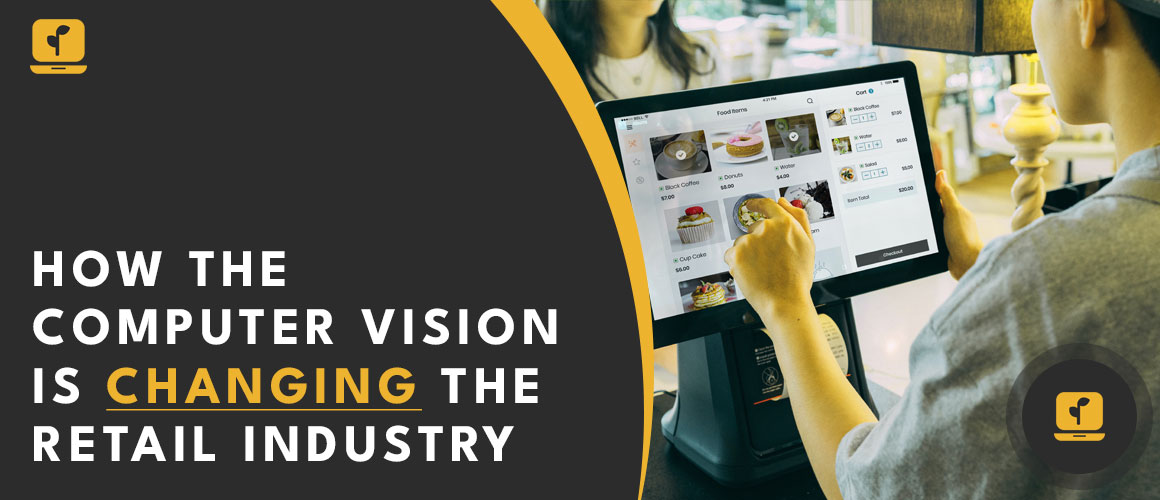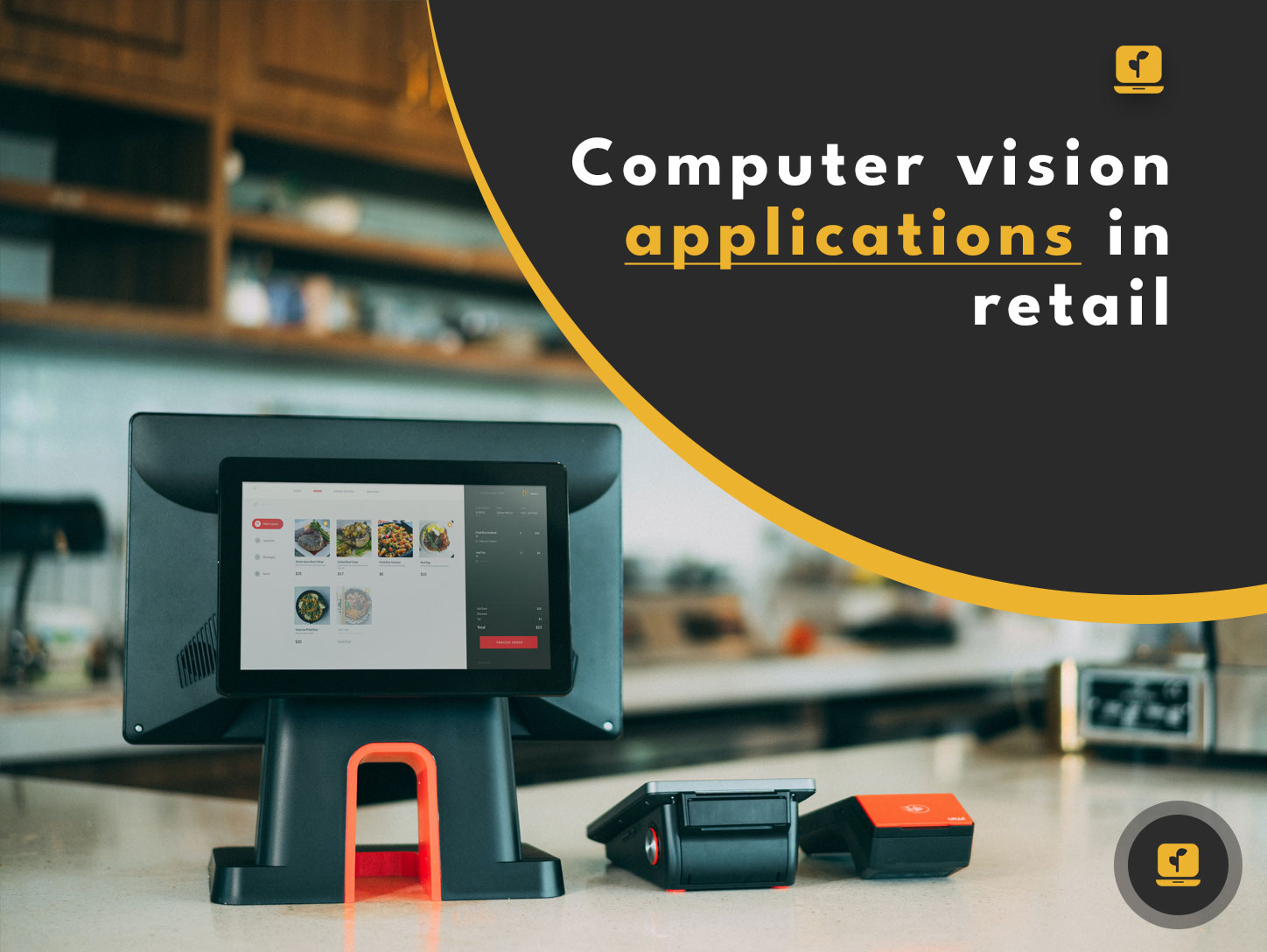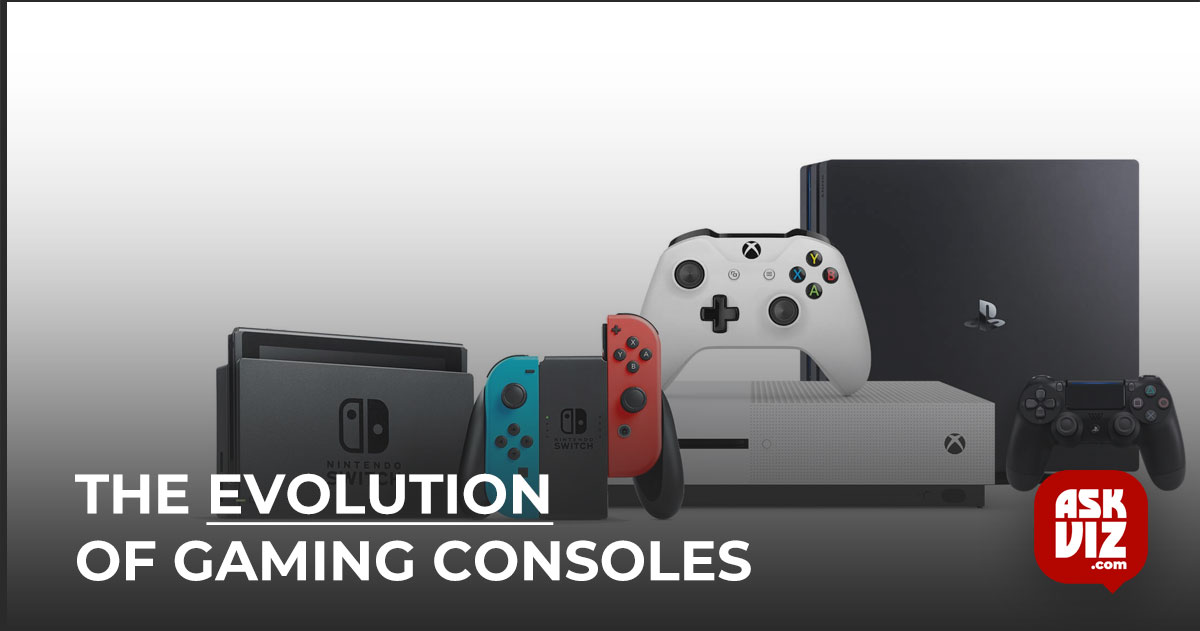Computer vision technology is the ability of machines to interpret and understand visual data from the world around them. This technology has been around for several decades, but it has recently gained popularity due to advancements in machine learning and artificial intelligence.
Computer vision technology has numerous applications in various industries, including healthcare, transportation, and retail. In the retail industry, computer vision technology is revolutionizing the way retailers interact with customers and manage their operations
Table of Contents
The impact of computer vision in the retail industry
Computer vision technology is changing the retail industry in several ways. One of the biggest impacts is the ability to provide personalized shopping experiences. Computer vision technology can analyze customer data and provide insights on customer preferences, buying behaviors, and product recommendations. This technology can help retailers create custom-tailored promotions and targeted advertising campaigns, which can ultimately lead to increased sales and customer loyalty.
Another impact of computer vision technology in the retail industry is its ability to improve inventory management. Computer vision technology can track inventory levels in real-time, reducing the risk of overstocking or understocking. This technology can also monitor product placement on store shelves and identify when products need to be restocked or rearranged.
Computer vision applications in retail
Computer vision technology has numerous applications in the retail industry. One of the most popular applications is facial recognition technology. This technology can identify customers as they enter a store and provide personalized recommendations based on their previous purchases. Facial recognition technology can also help retailers track customer behavior and identify potential shoplifters.
Another popular application of computer vision technology in retail is product recognition. This technology can identify products based on their shape, size, and color, making it easier for retailers to manage their inventory and restock products as needed. Product recognition technology can also help retailers improve their product displays and create more visually appealing store layouts.
Advantages of computer vision technology in retail
Computer vision technology offers several advantages to retailers. One of the biggest advantages is the ability to improve customer experiences. By providing personalized recommendations and targeted promotions, retailers can create a more engaging and interactive shopping experience for customers. This can ultimately lead to increased sales and customer loyalty.
Another advantage of computer vision technology in retail is its ability to improve operational efficiency. By tracking inventory levels in real time and identifying when products need to be restocked or rearranged, retailers can reduce waste and optimize their supply chain. This can lead to cost savings and increased profitability
Smart retailers and the role of computer vision
Smart retailers are those that are using technology to improve their operations and provide better customer experiences. Computer vision technology plays a critical role in this process by providing retailers with the data and insights they need to make informed decisions. By leveraging computer vision technology, smart retailers can improve their inventory management, optimize their store layouts, and create more engaging customer experiences.
Machine vision store: how computer vision is transforming retail operations
A machine vision store is a retail store that uses computer vision technology to manage its operations. These stores use cameras and sensors to monitor customer behavior, manage inventory levels, and provide personalized recommendations. Machine vision stores are becoming increasingly popular, as retailers look for ways to improve their operations and provide better customer experiences. These stores are also more efficient and cost-effective than traditional retail stores, as they require fewer employees and can operate 24/7.
Computer vision solutions for retail stores
Computer vision technology offers several solutions for retail stores. One of the most popular solutions is real-time inventory tracking. This technology can identify when products need to be restocked or rearranged, reducing waste and optimizing the supply chain. Another solution is facial recognition technology, which can identify customers as they enter a store and provide personalized recommendations based on their previous purchases
Computer vision stocks and the future of retail technology
Computer vision stocks are stocks of companies that are involved in the development and implementation of computer vision technology. These stocks are becoming increasingly popular as investors look for ways to capitalize on the growing demand for this technology. As the retail industry continues to adopt computer vision technology, these stocks are likely to see significant growth in the coming years.
The future of retail technology is closely tied to computer vision technology. As retailers continue to look for ways to improve their operations and provide better customer experiences, computer vision technology is likely to play a critical role. From real-time inventory tracking to personalized recommendations, computer vision technology offers numerous solutions for the retail industry.
Challenges and limitations of computer vision technology in retail
While computer vision technology offers numerous benefits to the retail industry, there are also several challenges and limitations. One of the biggest challenges is the cost of implementing this technology. Computer vision technology requires significant investment in hardware, software, and infrastructure, which can be cost-prohibitive for some retailers.
Another challenge is data privacy and security. Facial recognition technology, in particular, has raised concerns about privacy and the potential misuse of personal data. Retailers must be mindful of these concerns and take steps to protect customer data and ensure compliance with data privacy regulations
Conclusion: the future of retail visioning with computer vision technology
Computer vision technology is transforming the retail industry, providing retailers with new ways to improve their operations and provide better customer experiences. From personalized recommendations to real-time inventory tracking, computer vision technology offers numerous solutions for the retail industry.
As the demand for this technology continues to grow, retailers must be mindful of the challenges and limitations and take steps to ensure the privacy and security of customer data. With the right strategies in place, retailers can leverage computer vision technology to stay ahead of the curve and provide the best possible shopping experiences for their customers.











